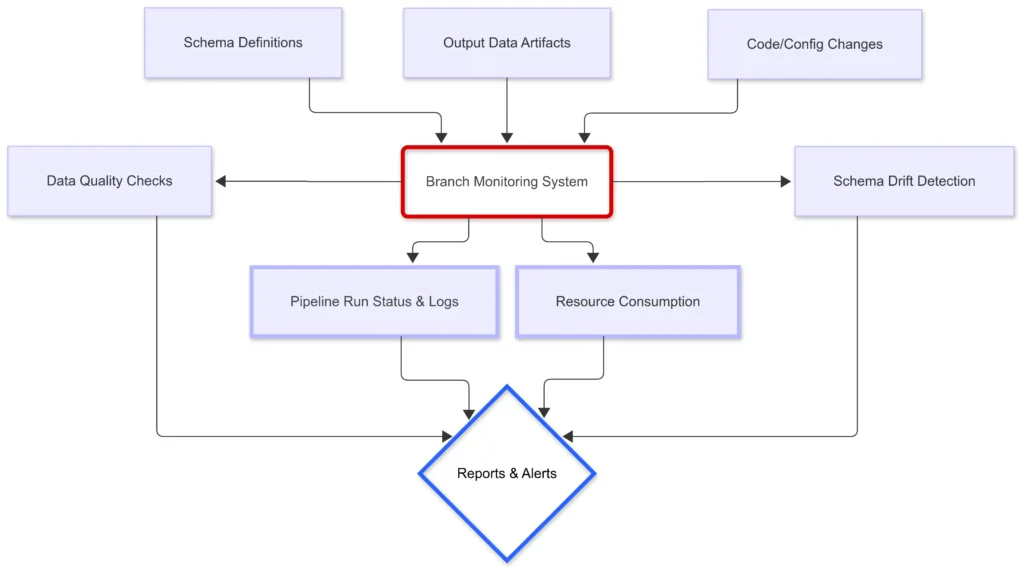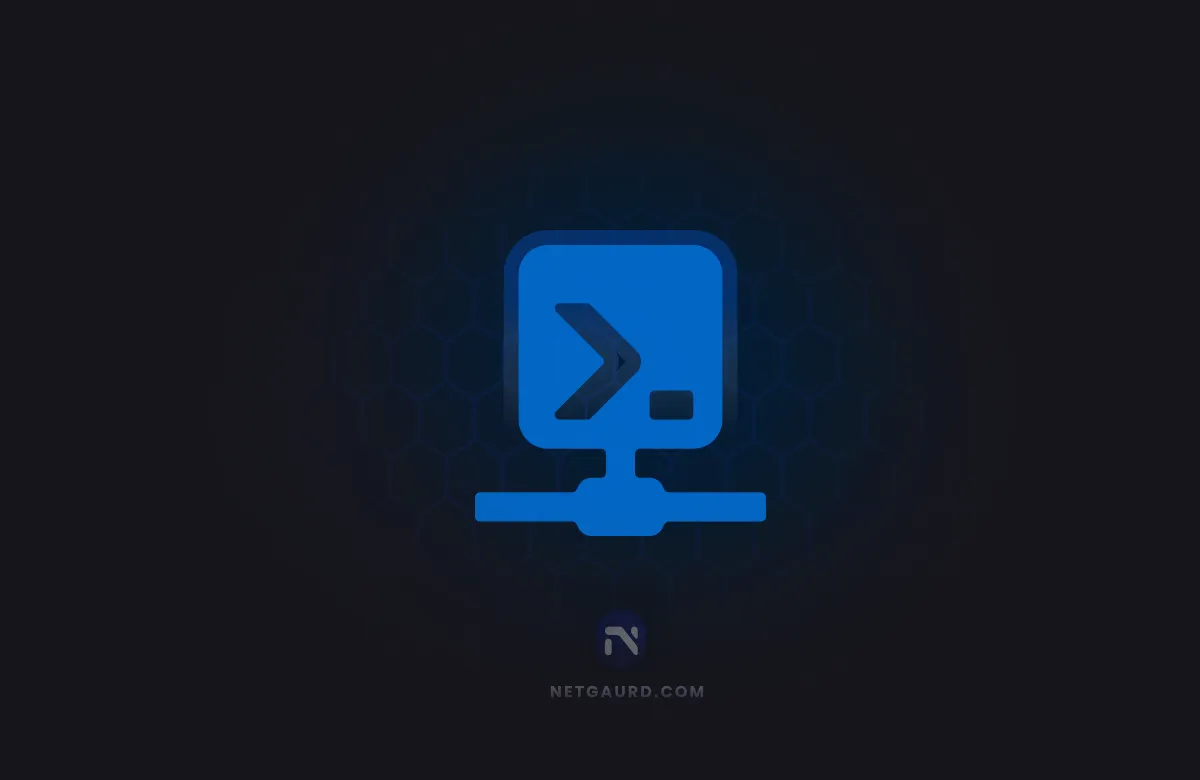Table of Contents
What is data breach monitoring? In today’s hyper-connected world, where we share vast amounts of personal information online, this question is more critical than ever. Data breaches have become alarmingly common, exposing sensitive details like passwords, credit card numbers, and social security numbers to cybercriminals. Understanding and utilizing data breach monitoring is a crucial step in protecting your digital identity. Think of it as a digital neighborhood watch, constantly scanning for signs that your information has been compromised. Ready to dive deep into how it works and why you absolutely need it? Let’s explore this vital security measure together. For comprehensive security solutions, exploring resources like those offered at Netgaurd.com can provide additional layers of protection.

First Things First: What Exactly is a Data Breach?
Before we delve deeper into monitoring, let’s quickly clarify what a data breach is. Simply put, a data breach is an incident where confidential or sensitive information is accessed, stolen, or used by an unauthorized individual. This can happen through various means, including hacking, malware infections, lost or stolen devices, or even accidental exposure by an employee. The consequences can range from annoying spam emails to devastating identity theft and financial loss. Remember the massive Equifax breach? Or the Yahoo breaches? These incidents highlight the scale and potential impact.
Decoding Data Breach Monitoring: What Does It Really Do?
So, back to the main question: what is data breach monitoring? It’s a service, often automated, designed to actively search for your personal information across various corners of the internet, especially places where stolen data is often traded or sold, like the dark web. The primary goal is early detection – finding out if your data has been exposed in a breach *before* criminals can misuse it extensively.
These services typically monitor for specific pieces of your Personally Identifiable Information (PII), such as:
- Email addresses
- Usernames and passwords
- Credit card numbers
- Bank account details
- Social Security numbers (SSN)
- Phone numbers
- Driver’s license numbers
- Passport numbers
- Medical identification numbers
When the service finds a match – meaning your monitored information appears in a known data breach or on a suspicious site – it alerts you promptly. This early warning gives you a critical head start to take protective measures.
Why is Data Breach Monitoring So Incredibly Important?
You might be thinking, “Is data breach monitoring *really* necessary?” In the current digital landscape, the answer is a resounding yes. Here’s why it’s not just a nice-to-have, but an essential component of modern digital security:
- Early Warning System: Time is of the essence after a breach. Monitoring services can often detect exposed data faster than companies sometimes notify affected users, or even before the company itself is aware of the full extent. This speed is crucial.
- Identity Theft Prevention: Stolen credentials and PII are the primary tools for identity thieves. By knowing immediately when your data is exposed, you can change passwords, monitor accounts, and place fraud alerts, significantly reducing the risk of becoming an identity theft victim.
- Financial Protection: Compromised credit card or bank details can lead to direct financial loss. An alert allows you to contact your bank or credit card company immediately to block transactions and secure your accounts.
- Proactive Security Posture: Relying solely on companies to protect your data isn’t enough. Data breach monitoring empowers you to take a proactive role in safeguarding your own information.
- Peace of Mind: Knowing that there’s a system actively looking out for your data online can provide significant peace of mind in an era of constant cyber threats.
Think about it – how many online accounts do you have? Dozens? Maybe hundreds? Remembering unique, strong passwords for all is challenging, and a breach at one service could potentially expose credentials you’ve reused elsewhere. Monitoring helps catch these exposures quickly.
Behind the Scenes: How Does Data Breach Monitoring Work?
Understanding the mechanics can help appreciate the value. While specific methods vary between providers, the core process generally involves several layers:
Automated Scanning & Indexing
Monitoring services use sophisticated software to constantly scan and crawl the internet. This includes:
- Public Web: Forums, paste sites (like Pastebin), code repositories, and social media where data might be inadvertently or maliciously posted.
- Deep Web: Parts of the internet not indexed by standard search engines, potentially including private databases or forums.
- Dark Web: This is a major focus. Specialized crawlers access hidden marketplaces, forums, and chat rooms on the dark web known for trafficking stolen data.
These crawlers collect vast amounts of data from known breach corpuses and newly discovered dumps.
Data Correlation and Analysis
The collected data is then processed and correlated against the information users have asked the service to monitor (e.g., your email address, SSN). Advanced algorithms look for matches. Some services also employ threat intelligence analysts to verify findings and understand the context of the breach.
Alerting System
When a confirmed match is found linking your monitored information to a specific breach or illicit source, the system triggers an alert. This alert is typically sent via email, SMS, or through a dedicated app, detailing which piece of information was found and, if possible, the source of the breach.
Guidance and Remediation
Good monitoring services don’t just alert you; they provide actionable advice on what steps to take next, such as changing specific passwords, enabling two-factor authentication (2FA), monitoring credit reports, or placing fraud alerts.
Choosing the Right Data Breach Monitoring Service
With various services available, how do you pick the right one? Consider these factors:
- Scope of Monitoring: What types of information do they monitor? Do they cover just email addresses, or do they include SSN, credit cards, bank accounts, etc.? How extensively do they scan the dark web?
- Alert Timeliness and Clarity: How quickly are alerts sent after detection? Are the alerts easy to understand and actionable?
- Additional Features: Many services bundle monitoring with other identity theft protection features like credit monitoring, identity restoration assistance, or even insurance.
- Reputation and Reviews: Look for established providers with positive user reviews and a good track record in the cybersecurity community.
- Cost: Services range from free basic email monitoring to comprehensive paid subscriptions. Evaluate the cost against the features offered.
What If You Get a Data Breach Alert? Don’t Panic!
Receiving an alert can be stressful, but quick, calm action is key. Here’s a general plan:
- Verify the Alert: Ensure the alert is genuinely from your monitoring service and not a phishing attempt.
- Identify the Compromised Data: Understand exactly what information was exposed (e.g., email and password for a specific site).
- Change Passwords Immediately: If login credentials were leaked, change the password on the affected site *and* any other site where you might have reused that password. Use a strong, unique password for each account, preferably managed with a password manager.
- Enable Two-Factor Authentication (2FA): Wherever possible, enable 2FA on your accounts. This adds a crucial layer of security beyond just a password.
- Monitor Financial Accounts: If financial data (credit card, bank account) was exposed, monitor your statements closely for unauthorized transactions. Notify your bank or card issuer immediately.
- Consider a Credit Freeze or Fraud Alert: If sensitive data like your SSN was compromised, consider placing a fraud alert or credit freeze with the major credit bureaus (Equifax, Experian, TransUnion).
- Be Wary of Phishing: Criminals might use breached information to craft targeted phishing attacks. Be extra vigilant about suspicious emails or messages.
Limitations to Keep in Mind
While highly beneficial, data breach monitoring isn’t a magic bullet. It’s important to understand its limitations:
- It’s Detection, Not Prevention: Monitoring alerts you *after* your data has been exposed in a breach; it doesn’t prevent the breach itself.
- Coverage Gaps: No service can monitor every corner of the internet or guarantee detection of every single breach. Data might be traded privately or not surface immediately.
- False Positives/Negatives: Occasionally, alerts might be triggered incorrectly, or a genuine exposure might be missed.
Data breach monitoring is most effective as part of a broader cybersecurity strategy that includes strong passwords, 2FA, regular software updates, and cautious online behavior.
Conclusion: Taking Control with Data Breach Monitoring
So, let’s revisit the core question: what is data breach monitoring? It’s your proactive early warning system in the fight against identity theft and the misuse of your personal information online. By actively scanning for your exposed data and alerting you quickly, these services empower you to take timely action, mitigate risks, and maintain better control over your digital footprint. While not infallible, it’s an indispensable tool for anyone navigating the complexities of the modern digital world.
Have you ever used a data breach monitoring service? What are your biggest concerns about online data security? Share your thoughts and experiences in the comments below – let’s learn from each other! And don’t forget to share this article if you found it helpful.
Interested in learning more about protecting yourself online? Explore other articles on Netgaurd for insights into VPNs, malware protection, and secure browsing habits!
Frequently Asked Questions (FAQ) about Data Breach Monitoring
1. What exactly does data breach monitoring do?
Data breach monitoring services actively scan various parts of the internet, including public websites, forums, and the dark web, searching for your specific personal information (like email addresses, passwords, SSN, credit card numbers). If your information is found within databases of stolen data or being traded illicitly, the service alerts you so you can take protective measures quickly.
2. Is data breach monitoring really necessary?
Given the high frequency and potential impact of data breaches, monitoring is highly recommended. It provides an early warning if your data is compromised, often much faster than you might otherwise find out. This early detection is crucial for preventing or minimizing the damage from identity theft and financial fraud. While not a preventative measure itself, it’s a vital detection tool.
3. How can I check for data breaches myself?
While comprehensive monitoring is best left to dedicated services, you can perform some basic checks. Websites like ‘Have I Been Pwned?’ allow you to enter your email address to see if it has appeared in known public breaches. However, this doesn’t cover non-public breaches or the dark web comprehensively, nor does it monitor other types of PII like your SSN or financial details.
4. What’s the difference between data breach monitoring and identity theft protection?
Data breach monitoring specifically focuses on detecting if your data has been exposed in a breach. Identity theft protection is often a broader suite of services that *may include* data breach monitoring, but also typically offers credit monitoring (tracking changes to your credit report), identity restoration assistance (help recovering if you become a victim), and sometimes insurance against losses related to identity theft.
5. Does data breach monitoring guarantee my safety?
No, it doesn’t guarantee complete safety. It’s a detection tool, not a prevention mechanism. Breaches can still happen, and monitoring services might not catch every instance of exposed data immediately. It’s most effective when used alongside other security best practices like using strong, unique passwords, enabling 2FA, being cautious about phishing, and keeping software updated.

